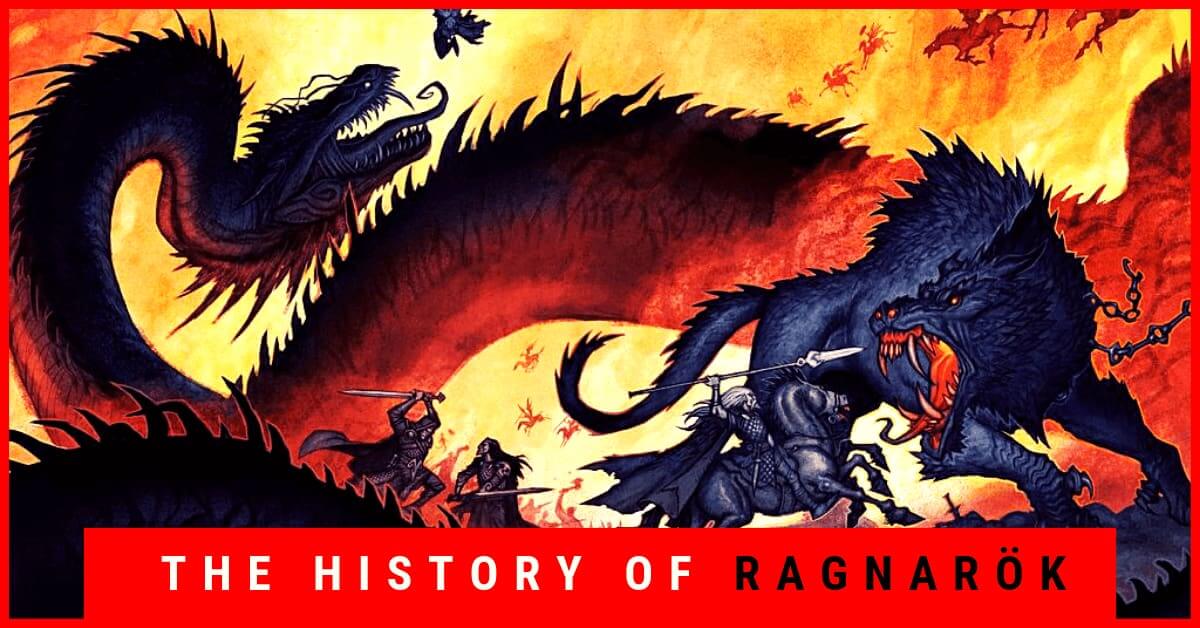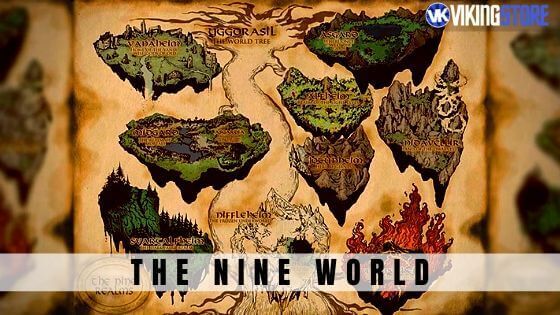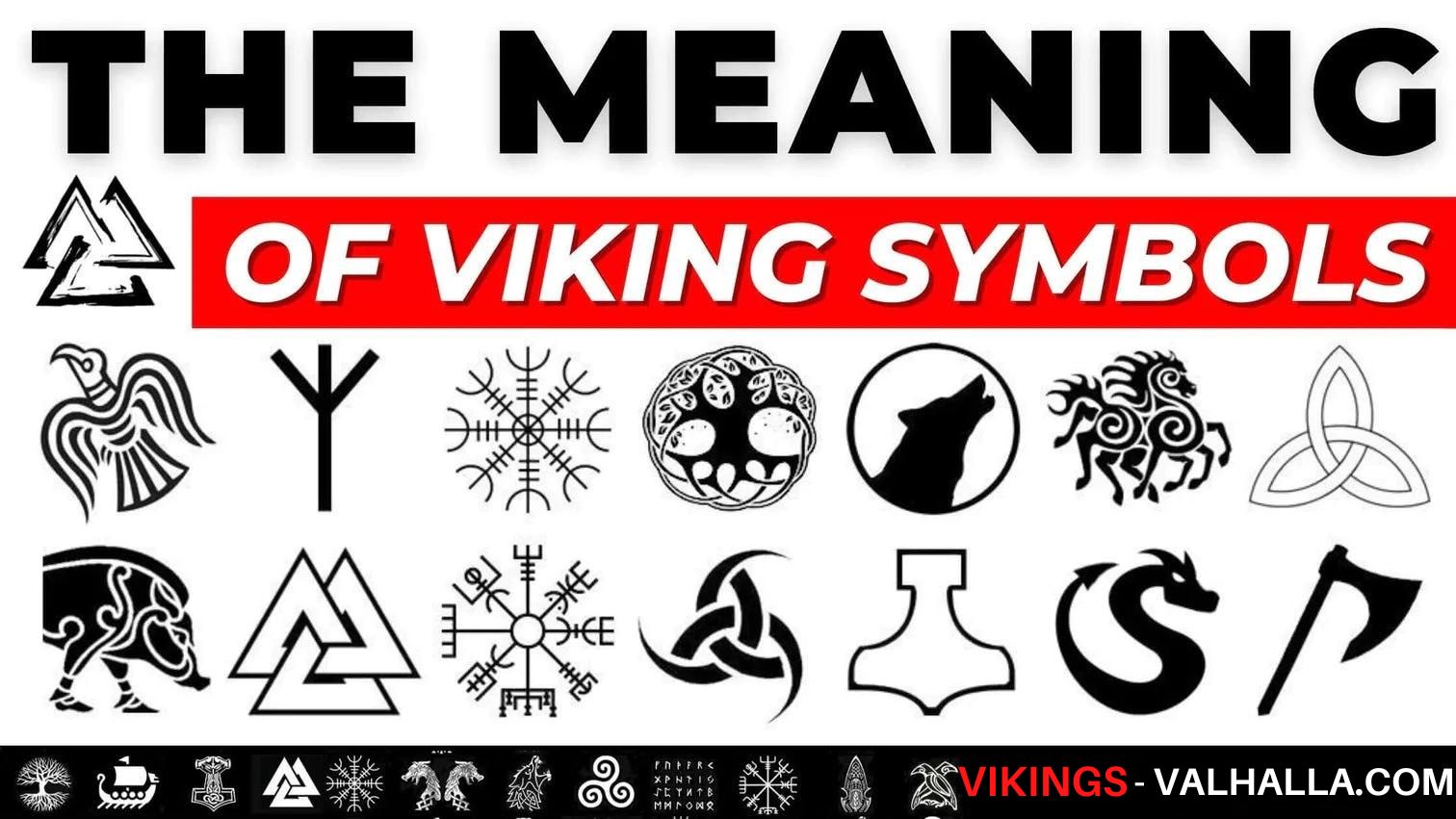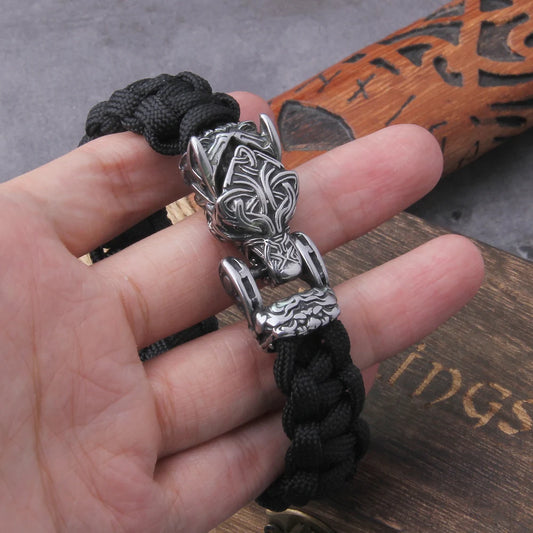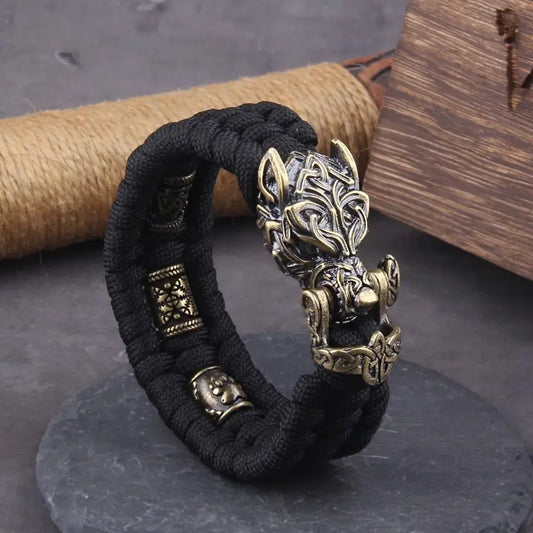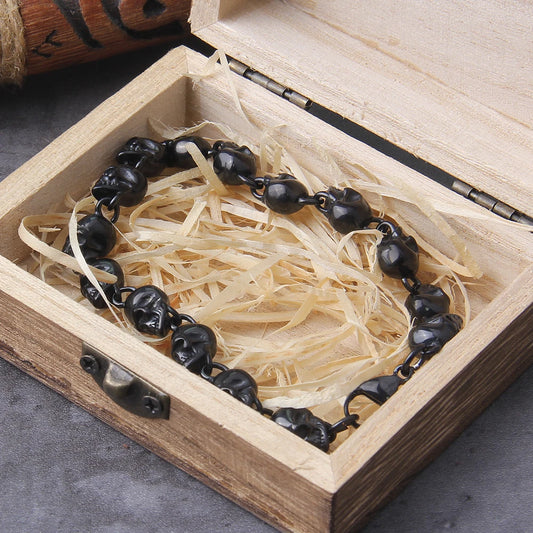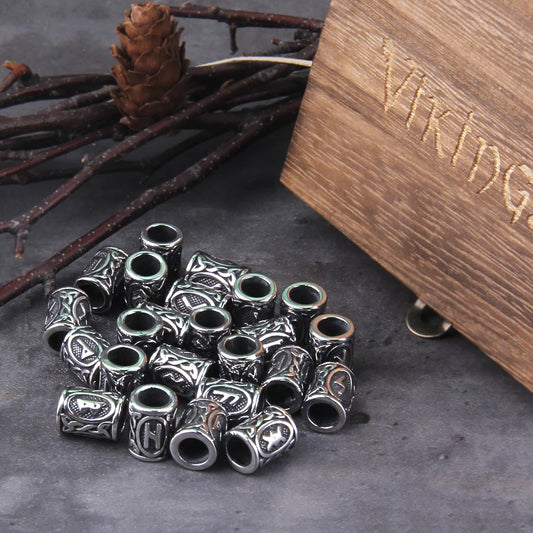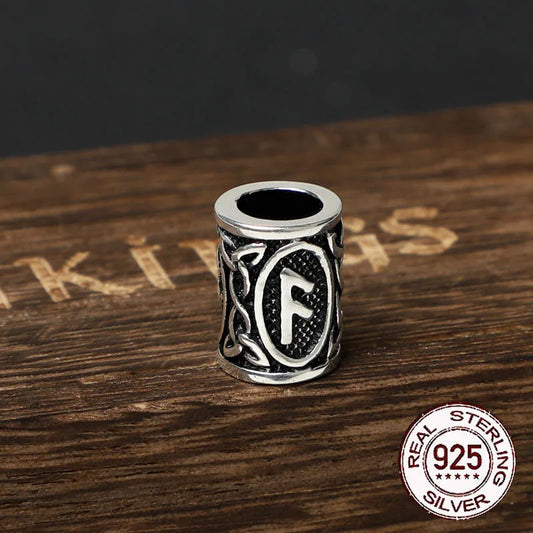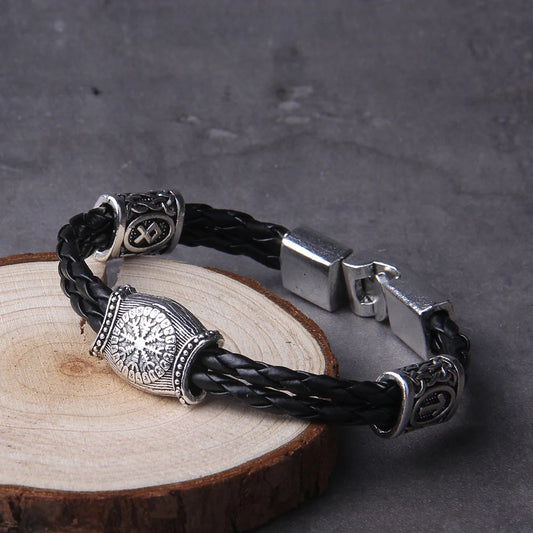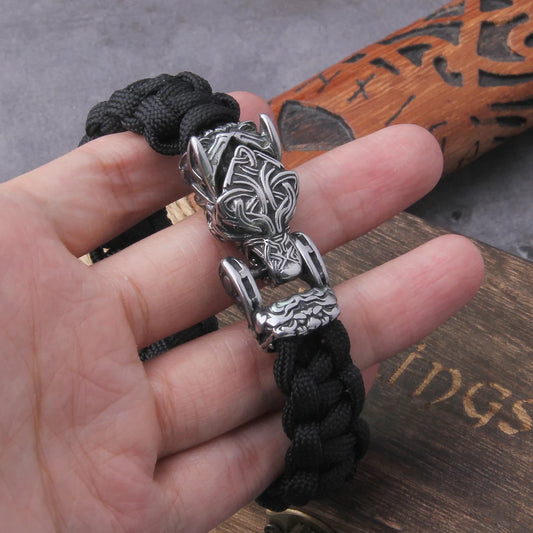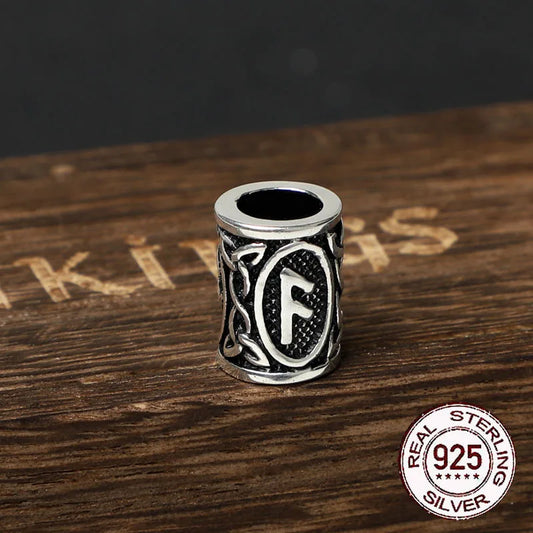Mimir is a being of Norse mythology who guards one of the springs under the world tree Yggdrasil. Mimir's knowledge, wisdom and divination are so famous that even Odin maintains a close relationship with him to obtain his advice.
Mimir in the Eddas
The myths around Mimir originate from different sources of the old Norse literature, but in the core they are already contained in the oldest text of the song Edda, the Völuspá, whose roots still reach into pre-Christian time.
Afterwards the source of the wisdom arises under the world tree Yggdrasil. It is one of the three primordial sources in Norse mythology. Near it is the Gjallarhorn of the god Heimdall, which sounds in all worlds when one blows into it. The guardian of the spring is Mimir, which is called Mimir's Well after him. Every morning he drinks mead from it.
Odin acquires wisdom because he also drinks from Mimir's well. However, he must first sacrifice an eye for it and put it into the well. Since then Odin was one-eyed. Despite his wisdom drink, Odin still turns to Mimir's head for advice when the order of the world is in danger and the gods are threatened with Ragnarok.
Mimir in the Ynglinga saga
The Ynglinga saga is Snorri Sturluson's mythical introduction to his history of Norwegian kingship (Heimskringla), not only discusses Odin's closeness to Mimir, but also tells a story of how Mimir's head lost its hull:After the war of the Aesir gods against the Vanir gods, the Aesir put Mimir and Hönir as hostages as a pledge of peace. About Hönir the Aesir say, he is good as a leader. But the Vanir soon noticed that Hönir does not make any decision without his advisor Mimir. They therefore behead him and sent his head back to the Aesir.
Odin then preserves the head with spells and herbs so that he can continue to receive divinations and messages from the other worlds. The messages of Mimir are so important to him that he always carries his head with him.
Mimir's Well
Although the Völuspá says that Mimir drinks mead from his well, most research assumes that the well contains Mimir's water. However, his mead is not a mere substance, but also a wisdom potion that allows to obtain special knowledge.
The closeness between Mimir and the World Tree is evident in Norse mythology not only through Mimir's source. Research assumes that Mimir's name was also used to describe the world tree. It is generally accepted that the tree Mimameidr 'tree of Mimi' corresponds to Yggdrasil.
Some scholars also advocate this equation for the phrase in holti Hoddmímis 'in the forest of Goldmimir', referring to the grove where the two men hide who, together with surviving sons of the gods, will participate in a new world age after Ragnarok.
The spring at the World Tree belongs to the mythical landscape of many peoples. In addition to Mimir's well, the well of Urd and Hvergelmir also spring up in Norse mythology under Yggdrasil.
In the Indo-European origin at least the wells of Mimir and of Urd were probably the same spring, which got also different names because of different myths. Both Mimir and Urd are connected with fate and divination.
Odin's Sacrifice
The myth of Odin's sacrifice explains in a mythical image how Odin, through the loss of an eye that enables him to see externally, attains inner vision, the gift of clairvoyance or divination.
The motif of self-sacrifice for wisdom is found one more time in Odin. Nine nights he hangs himself on Yggdrasil to reach the secret knowledge of the runes through agony.


